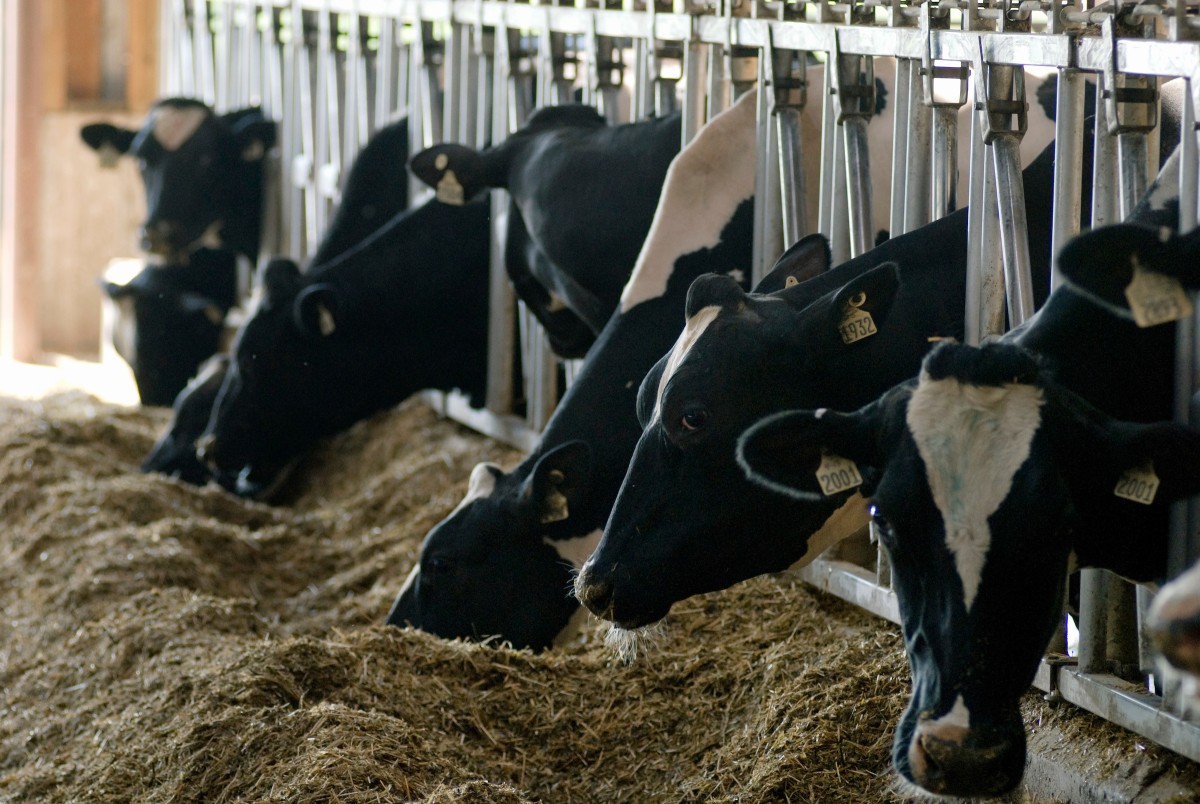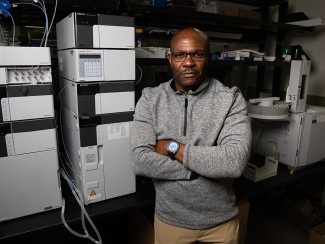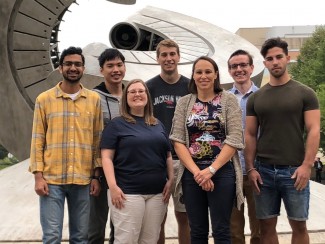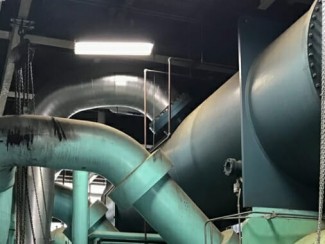
A University of Wisconsin–Madison team will receive $2.4 million from the U.S. Department of Agriculture to conduct a three-year study on the “dairy-water-energy nexus,” which captures relationships among dairy farm operations, water use and quality, and energy use.
Assistant professor of chemical and biological engineering Victor Zavala will lead the project, with additional research from Daniel Noguera, Wisconsin Distinguished Professor of Civil and Environmental Engineering; K.G. Karthikeyan, professor of biological systems engineering; Andrea Hicks, assistant professor of civil and environmental engineering; and Rebecca Larson, an assistant professor of biological systems engineering.
“Our team is focused on a grand challenge within the dairy-water-energy nexus,” says Zavala, “developing technologies to recover methane and nutrients from both dairy farm manure in rural areas and organic waste in urban areas, and evaluating the costs and environmental benefits of deploying these technologies at a large scale.”
Identifying cost-effective and high-impact technologies for tackling this problem is challenging, given the complex interdependencies among the dairy, water, and energy (DWE) sectors; the large and sophisticated networks that connect them; and the large number of stakeholders involved.
To better understand these interdependencies, and their implications for potential DWE-related technologies and policies, Zavala’s team will combine multi-scale systems analysis and experimental research to develop a high-performance computer analysis platform called PLASMO (Platform for Scalable Modeling and Optimization).
“These are complicated interdependencies to model,” says Zavala, a systems engineer by training. “Modeling only five DWE products – let’s say manure, biogas, electricity, food waste, and waste water – that can be exchanged between all possible source and destination points such as farms and cities and waste water treatment plants across the state of Wisconsin would require capturing 845 million possible interconnections.”
Because no existing optimization algorithm can handle this level of complexity, the team's work will focus on identifying elements of the DWE relationships that can be expressed more simply at different resolutions (for example, state and county levels). These reduced representations can then be used by the optimizations algorithm implemented in PLASMO to identify best practice technologies and policies for phosphorus recovery, ideal size and location of biogas facilities that capture excess methane, and much more.
There’s huge value in training high school teachers and students to approach problems using a systems analysis perspective.
Victor Zavala
The team’s award also includes three years of funding for three high school teachers to participate each summer in the Wisconsin Energy Institute’s Research Experience for Teachers (RET) program. In this program, teachers will spend seven weeks working alongside team scientists, learning how systems analysis techniques can be applied to environmental challenges, and developing instructional materials that will allow their students to explore similar challenges in the classroom.
“There’s huge value in training high school teachers and students to approach problems using a systems analysis perspective,” says Zavala. “This idea of navigating complexity by thinking about interdependencies can be applied to any problem –students acquiring this skill will certainly be better prepared to understand, and help solve, the many complex economic and environmental problems that our society faces.”
The team’s funding comes from the “Innovations at the Nexus of Food, Energy, and Water Systems” (INFEWS) program, a federal research partnership between the National Institute of Food & Agriculture (USDA) and the National Science Foundation.





